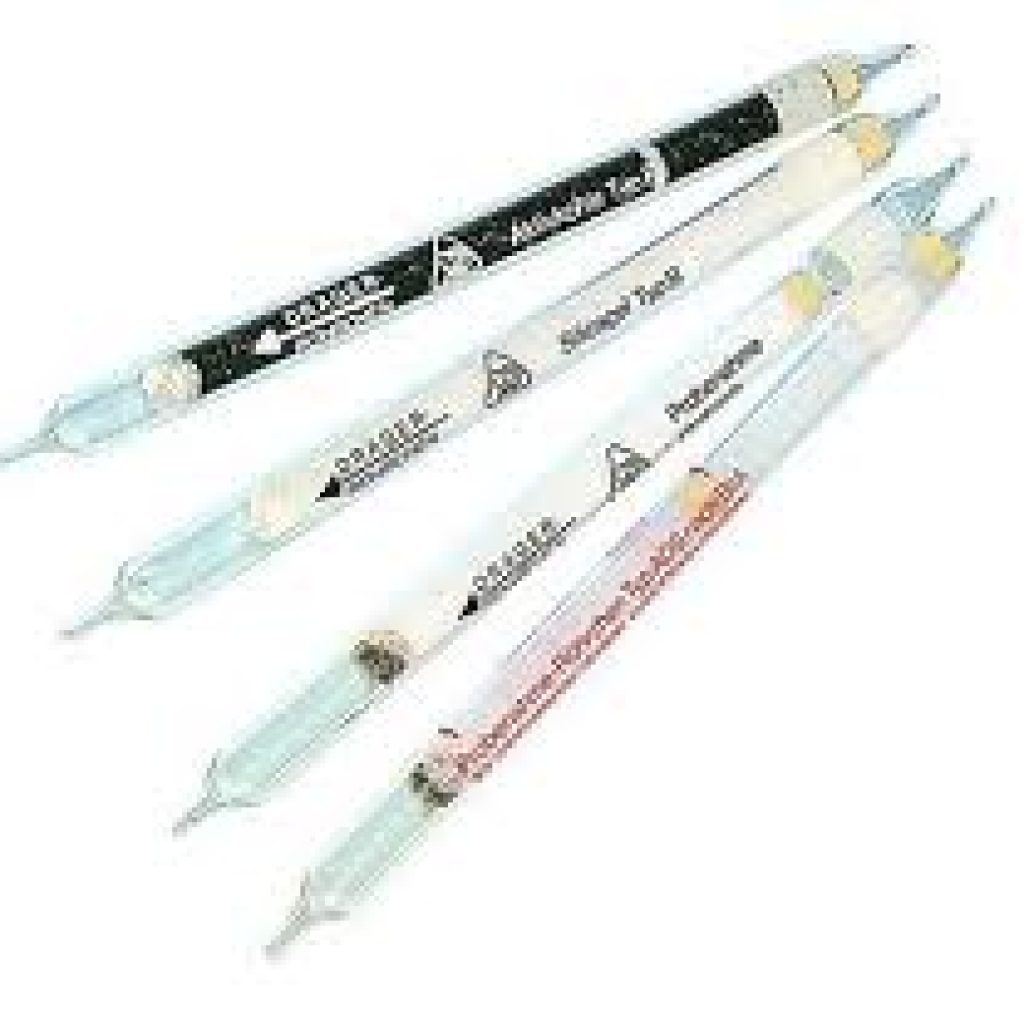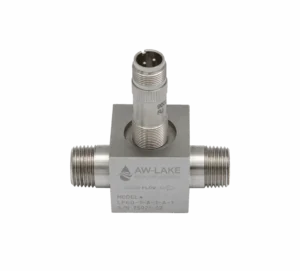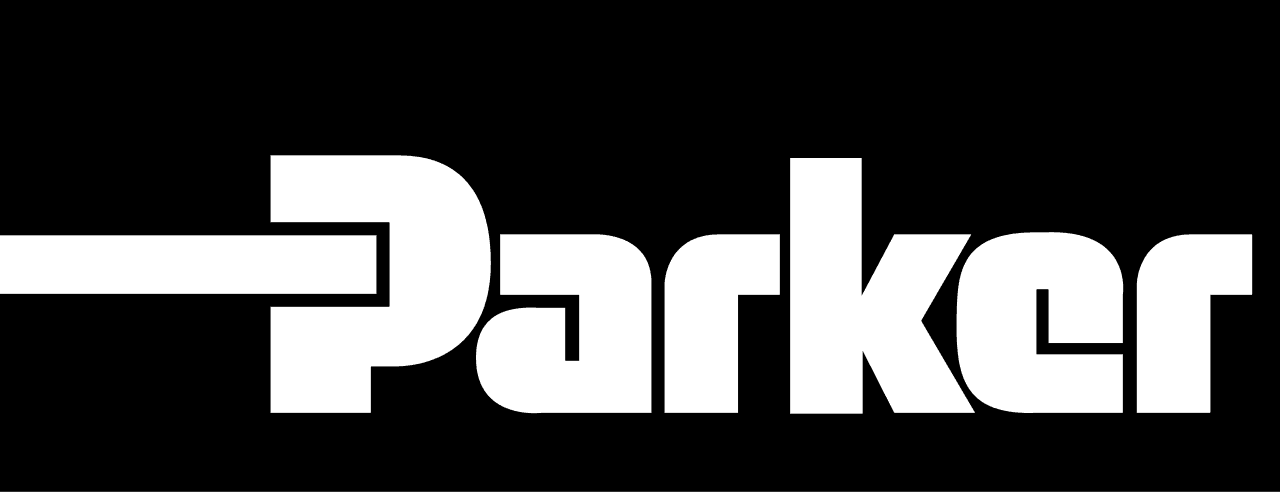
From Canaries to Tubes: How and Why Dräger Tubes are the Gold Standard in Gas Measurement
The year 1919 was a good one for canaries: That was when vials containing pumice laced with iodine pentoxide and sulfuric acid replaced the birds as sensors in coal mines. (Whew!). Back then, only carbon monoxide was detectable, but it wouldn’t be long before Dräger-Tubes came along, offering quantitative analysis—identifying a variety of gases—and became the gold standard in gas measurement. Why? Very simply, Dräger-Tubes contain a chemical reagent that changes color when it comes into contact with a gaseous substance (colorimetric). The tubes’ fused ends give them a shelf life of two years and keep the gases contained. A printed scale on the outside of the tube allows for a direct reading of the gas concentration.

Dräger Tubes
How Are Dräger-Tubes Used?
As workplaces became safer, and limits of occupational exposure to gases decreased, Dräger began to develop sensor tubes that have more capability and are more precise. While they once only measured a few gases, they can now measure potentially hundreds of gases to the ppm level.
Today Dräger-Tubes can be used to:
- Evaluate the air in a given workplace, by measuring within the range of occupational exposure limit
- Take measurements at a precise area of gas emission
- Test compressed breathing air (this requires specially calibrated Dräger-Tubes with the Dräger Aerotest)
Short-Term and Long-Term: Which is Which?
Short-Term Tubes
Sometimes you need a quick confirmation of a gas emission without an elaborate analysis. Maybe there’s a leak at a specific site or an unusual fluctuation of gases in your work environment. Or perhaps you need to measure contaminants in your co-workers’ breathing zone. Or, if you’re working in a tight space, such as a grain silo, a tank or sewer, you might need to make an impromptu check of the surroundings lasting anywhere from 10 seconds to 15 minutes. In any of these situations, a short-term tube would be appropriate. And make sure you use a pump designed to go with a short-term tube, such as:
- Dräger Accuro gas detector tube pump
- Dräger Automatic Tube Pump X-Act 5000
Long-Term Tubes
Perhaps you want to take a gas measurement of your workplace over a period of time—maybe for an hour, maybe for eight hours. In that case, Dräger-Diffusion-Tubes can help, because they give an average concentration of gases over the sampling period. They don’t require a pump, because the contaminant molecules go straight into the tube, making them effective personal gas monitors. But if there are too many similar substances, methanol, ethanol and propanol, for example, you would want to send the tube to a lab for a gas chromatograph or photometric analysis.
You know your workplace best. Knowing the likelihood of which gases might appear and where, will help you choose the appropriate tubes and analytical methods.
Learn more about Dräger solutions at Cross and shop our online store to order a safety equipment today!








